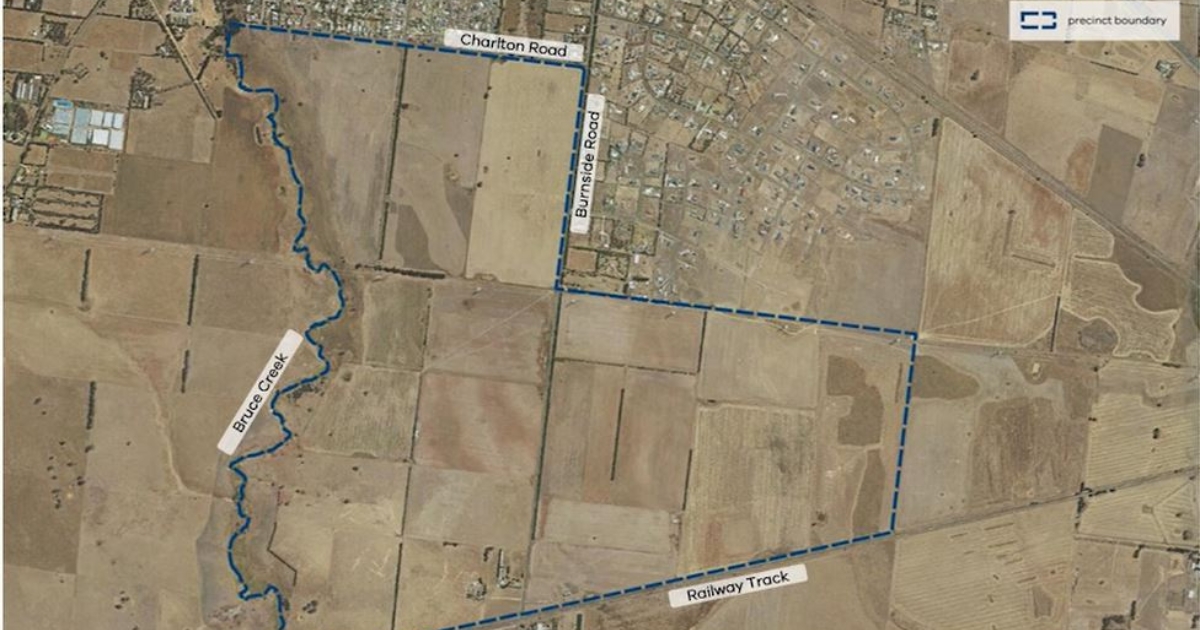What’s different about the old GPO?

Way back when: A 19th Century view of the former Ballarat Post office. Photo: MAX HARRIS COLLECTION/BMI
As part of celebrations for 60 years of the National Trust in Ballarat we present the second part of a series on heritage mysteries in city.
THE former Ballarat Post Office, located on the corner of Sturt and Lydiard Streets, is the third building erected onto the current site since 1858. It was built during William Wardell’s tenure as inspector general and chief architect of the Public Works Department.
The first section, of a two-stage building was opened on 28 November 1864 with features designed in an Italianate palazzo style.
It was reported at the time, “The Post Office was a really substantial and commodious structure quite different to the wooden building that it replaced. When the office shall be completed according to the plan it will be one worthy of the large amount of business transacted in it.”
In 1871, a telegraph office and treasury were added to the Lydiard Street (north) frontage. A clock tower and offices, including a carriageway entrance, were added in 1885. The former Ballarat Post Office was the largest Victorian building of its kind outside the Melbourne General Post Office.
Now looking closely at the 19th century photograph of the post office how is it different from the 2020 building, now part of Federation University?
The Sturt Street side of the building no longer has a colonnade entrance with full width steps, two sets of which lead to what was the entry to the post office.
Alterations have occurred in including the filling in the colonnade on the south facade by 1912 and the ramps to the central entrance changed to two ramps serving the two end openings, which were also modified.

What is a milepost and why were they important?
Bluestone mileposts along the Glenelg Highway between Scarsdale and Ballarat were installed prior to the 1870s and are linked to the development of the Cobb & Co routes.
They predate the first cast iron posts and are an intact and visual reminder of the imperial measuring system previously operating in Australia.
They consist of triangular bluestone posts with a shaved top and all have been painted in recent years. The rear face of the posts is rounded.
The stone mileposts on the Glenelg Highway between Scarsdale and Ballarat are of historical and architectural significance to Victoria due to the development of the state following gold rushes.
The removal of the mileposts, and their respective re-instatement, is of historical significance.
After the fall of Pearl Harbour in 1942, most mileposts were dug up and buried a few meters behind their original location; most were re-instated into their original locations in 1946.
This was part of a response to a threatened invasion and the posts were removed to ensure any invader had less information about distances and direction.
On the southern side of Sturt Street there is the original post from which all directions from Ballarat were measured.
Read part one here.


















